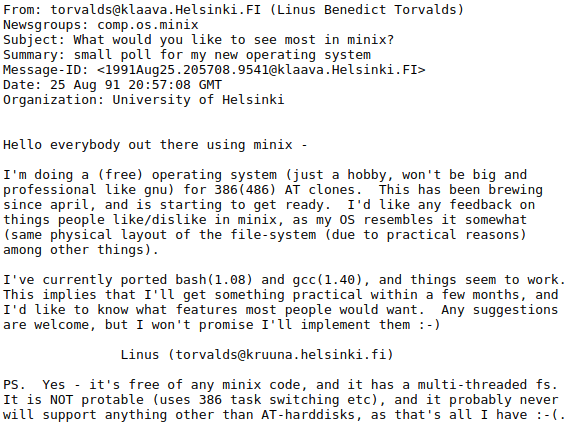Nand to Tetris: Building a Modern Computer System from First Principles
CS course walks students through a step-by-step construction of a complete, general-purpose computer system—hardware and software—in one semester.
Suppose you were asked to design an abridged computer science (CS) program consisting of just three courses. How would you go about it? The first course would probably be an introduction to computer science, exposing students to computational thinking and equipping them with basic programming skills. The second course would most likely be algorithms and data structures. But what should the third course be?
Several reasonable options come to mind. One is a hands-on overview of applied CS, building on the programming skills and theoretical knowledge acquired in the first two courses. Such a course could survey key topics in computer architecture, compilation, operating systems, and software engineering, presented in one cohesive framework. Ideally, the course would engage students in significant programming assignments, have them implement classical algorithms and widely used data structures, and expose them to a range of optimization and complexity issues. This hands-on synthesis could benefit students who seek an overarching understanding of computing systems, as well as self-learners and non-majors who cannot commit to more than a few core CS courses.
In the early days of computers, any curious person could gain a gestalt understanding of how the machine works. As digital technologies became increasingly more complex, this clarity is all but lost: the most fundamental ideas and techniques in applied computer science are now hidden under many layers of obscure interfaces and proprietary implementations.



















